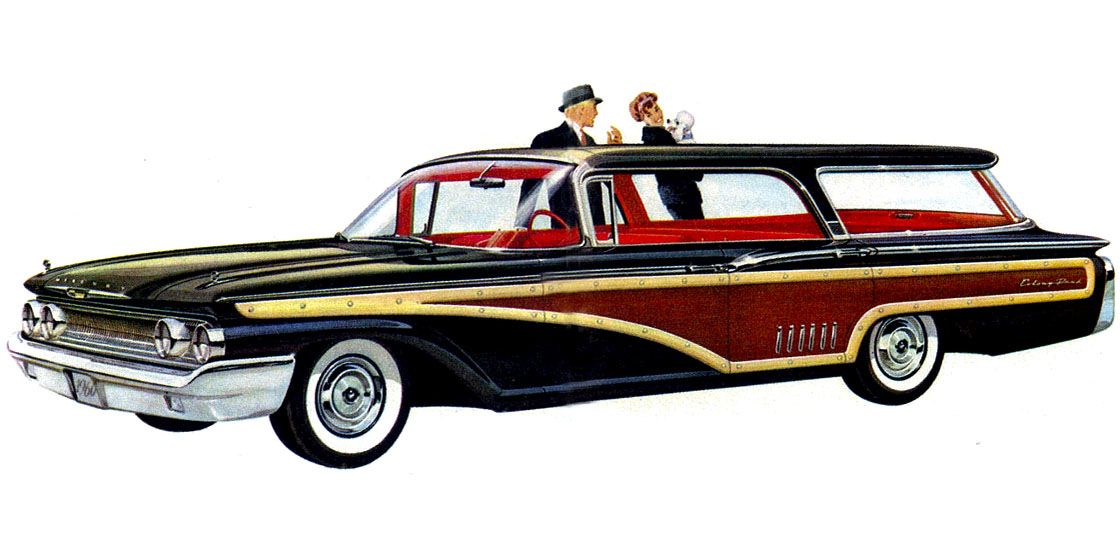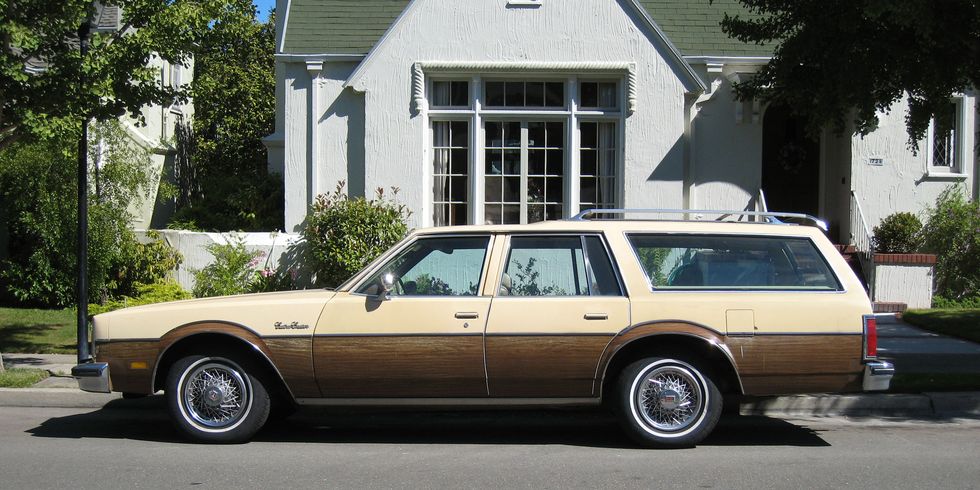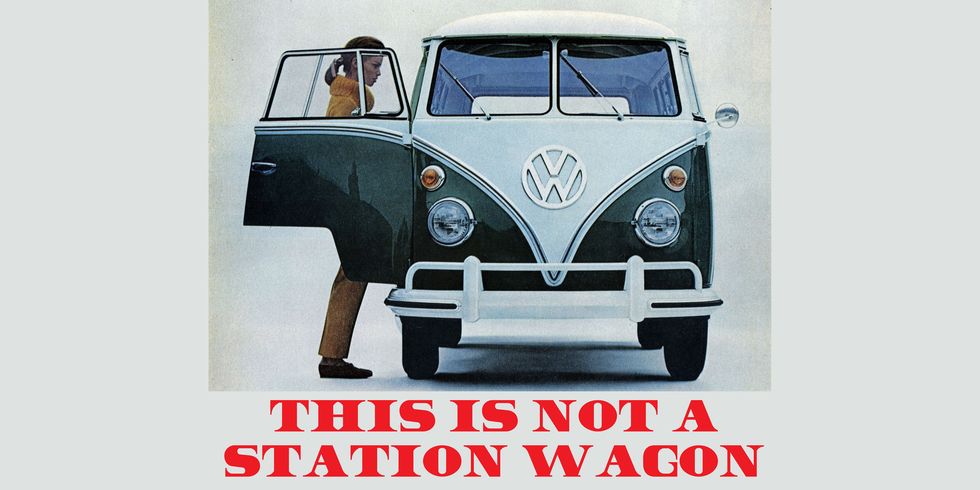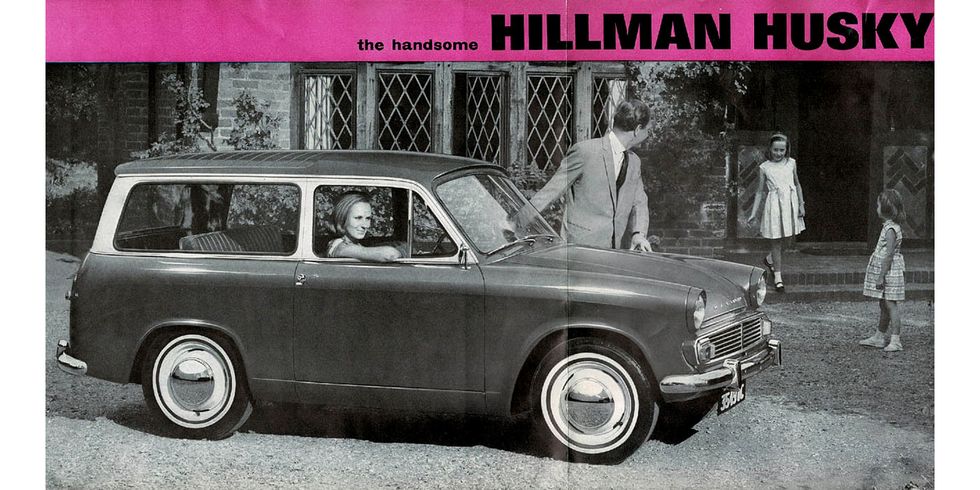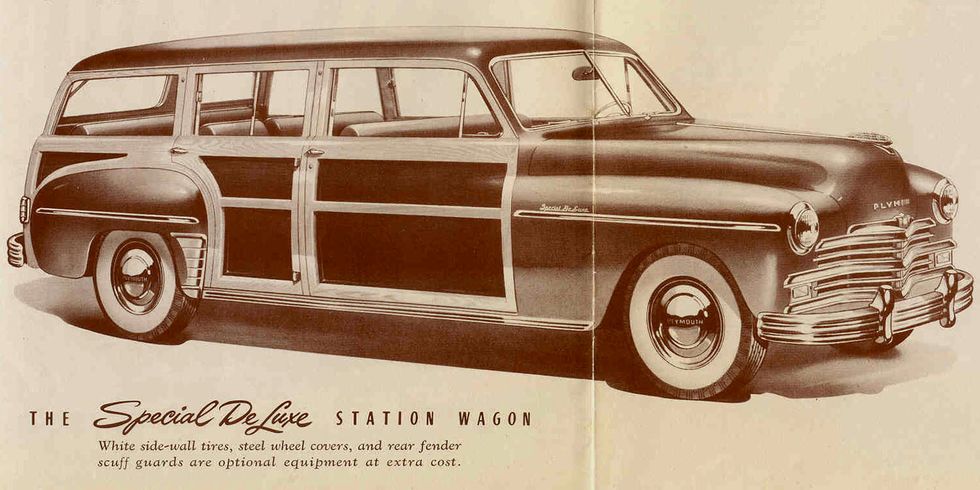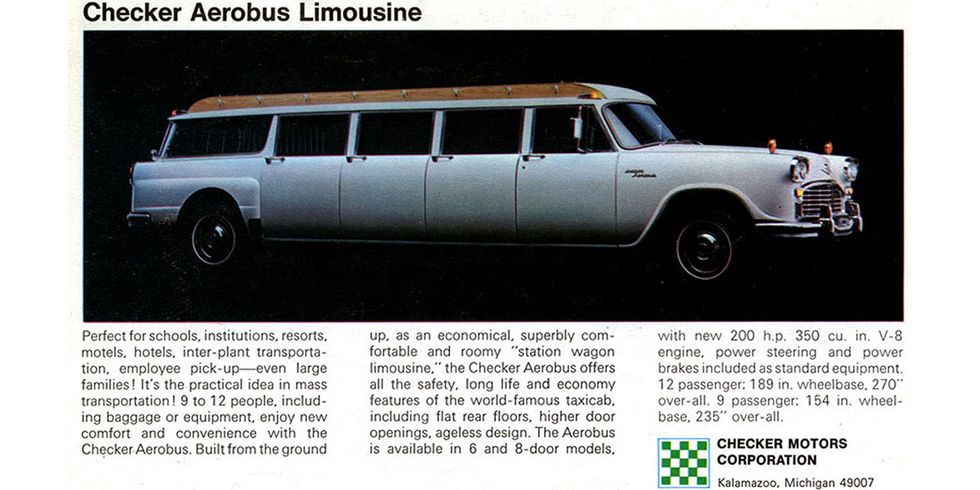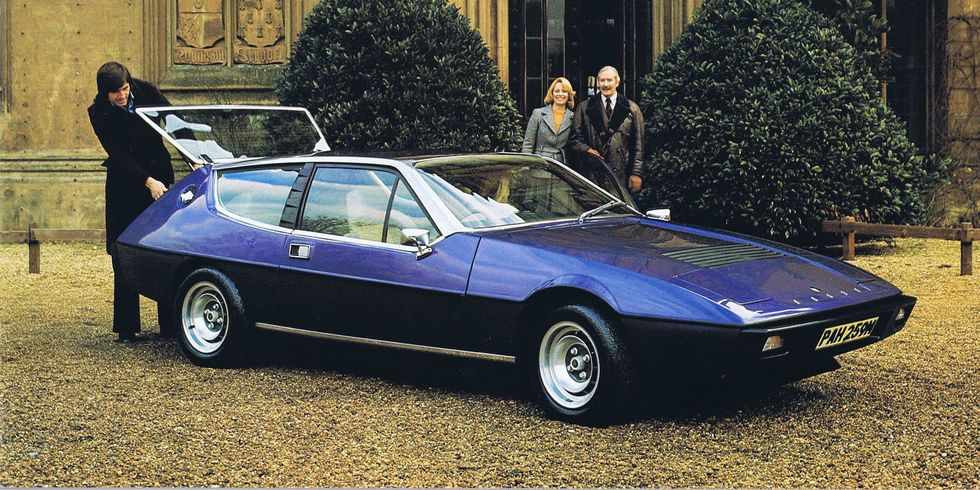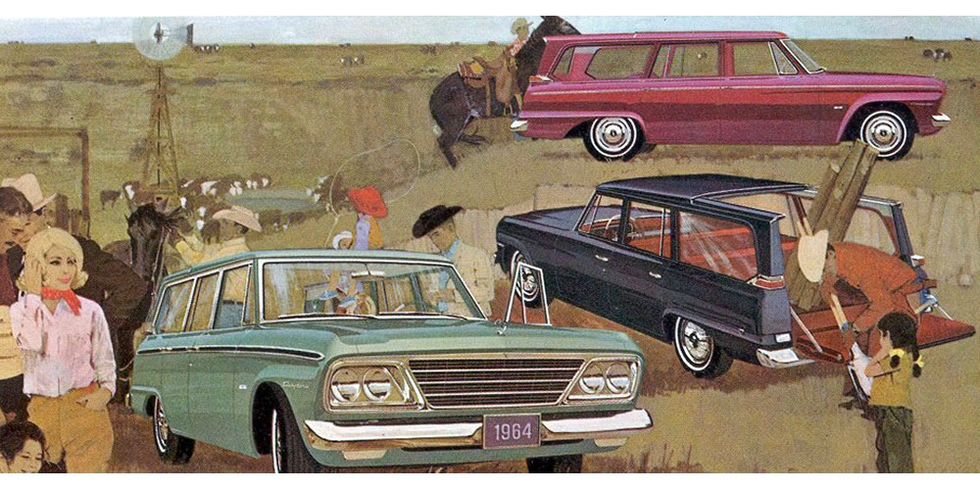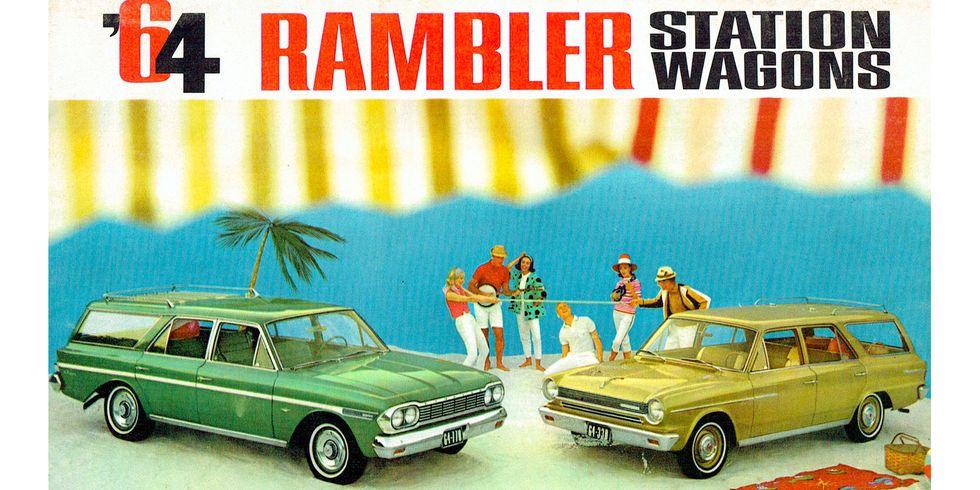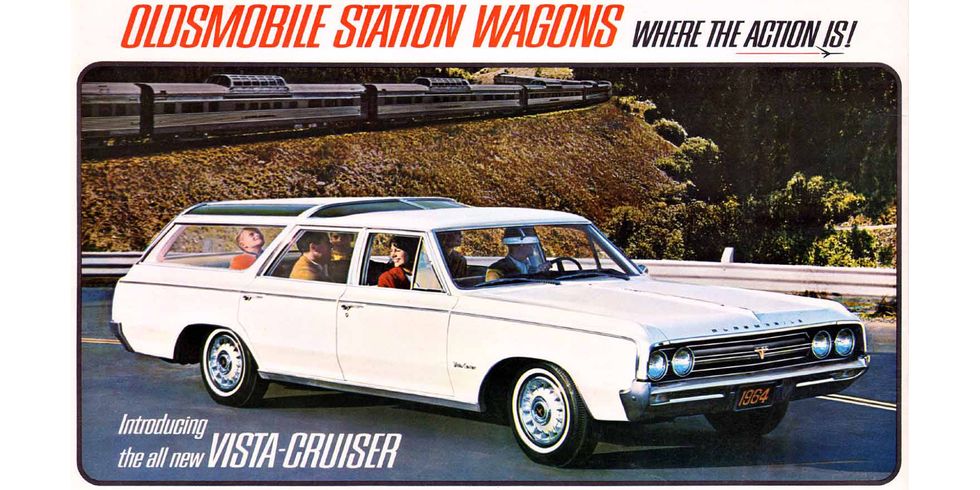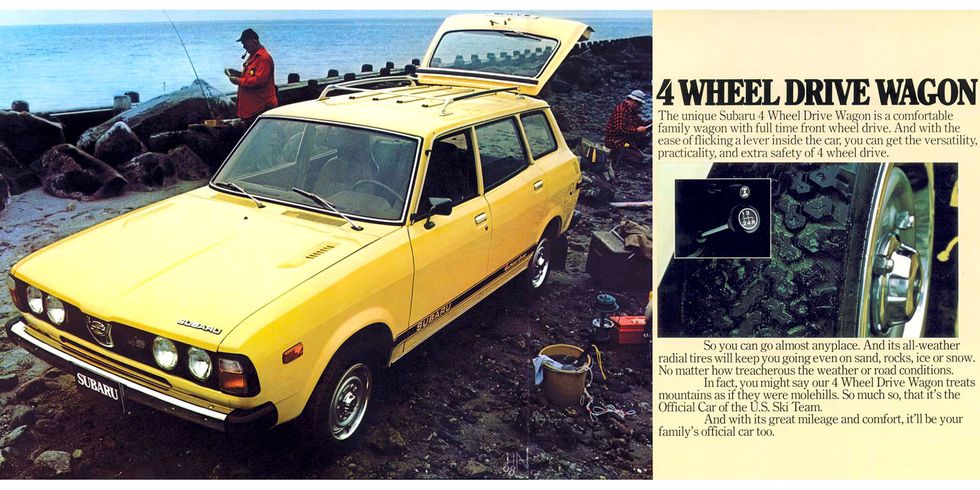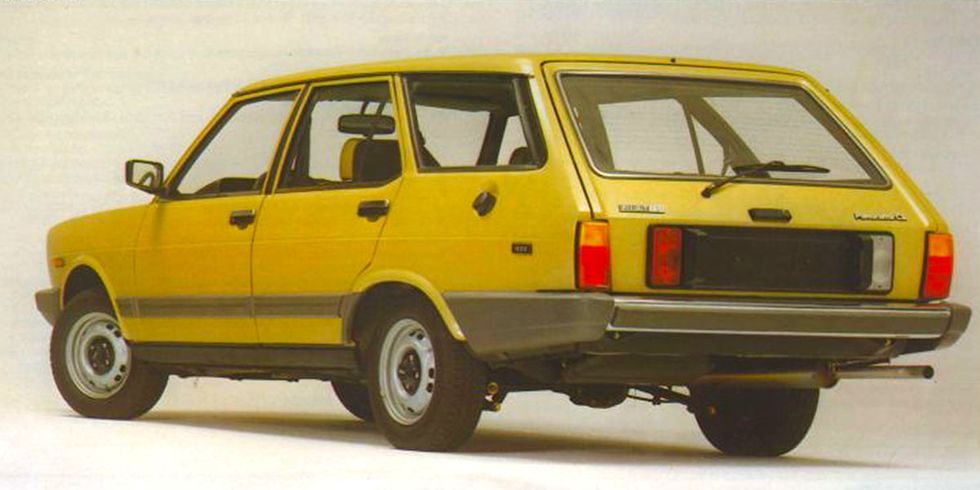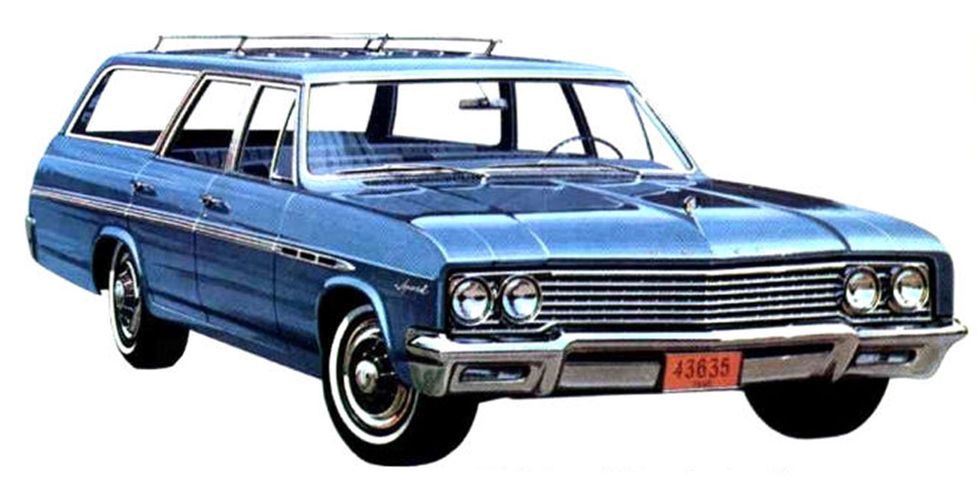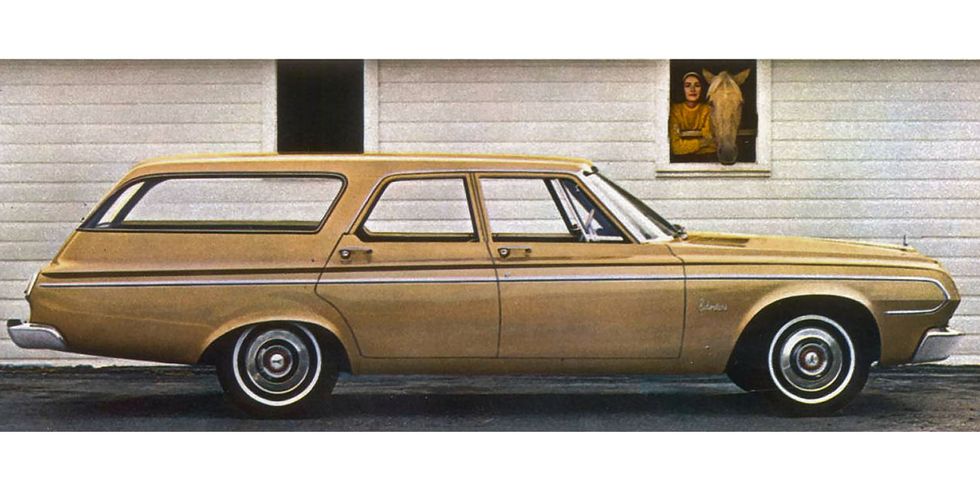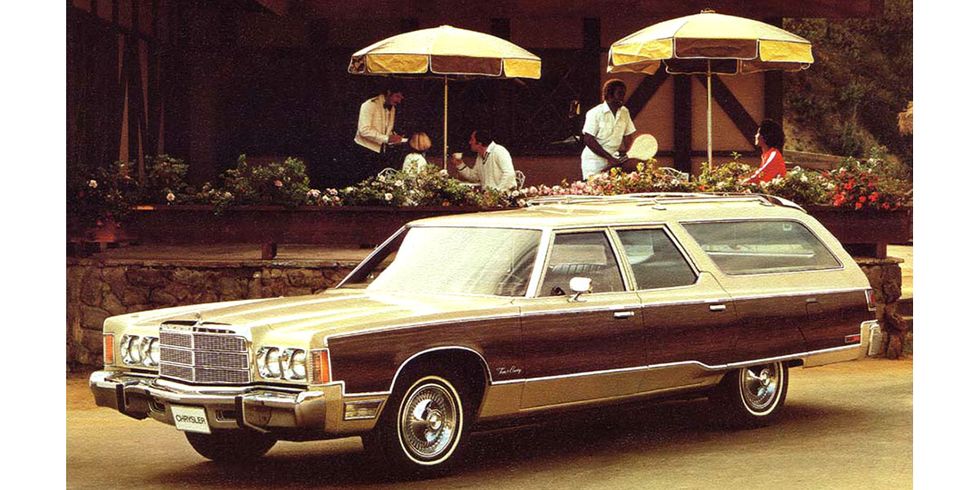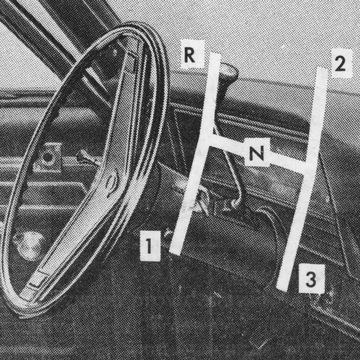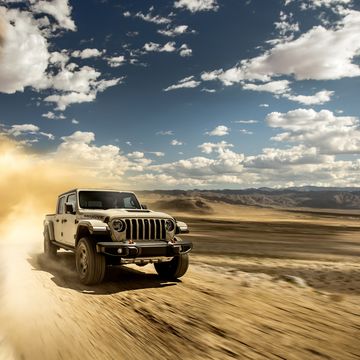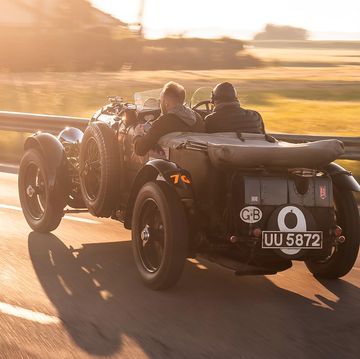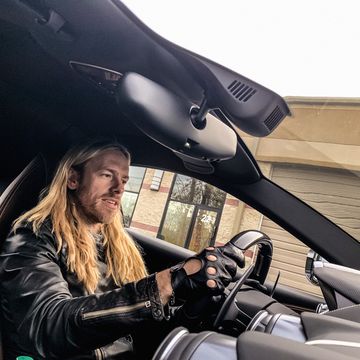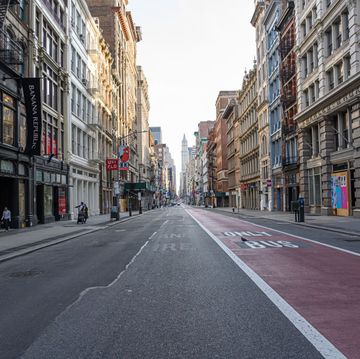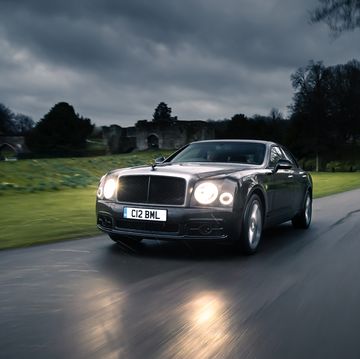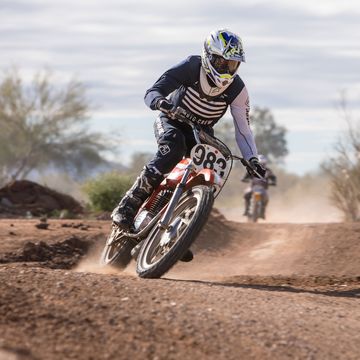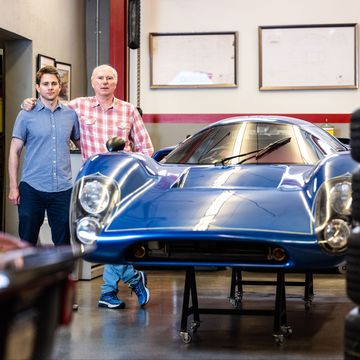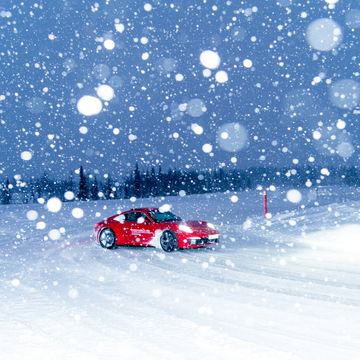With the rise of the minivan in the 1980s and the SUV in the 1990s, most Americans lost interest in buying station wagons. Oh, sure, you can still buy a new wagon here today (all of which come from European marques, if you still count Volvo as European), but there was a time when the station wagon was so mainstream that American car shoppers could choose from dozens of different longroof models. The important question here is: what model year had the most new station wagon models available in the United States? Yes, we're going to determine the year of Peak Wagon now!
As was the case with my still-controversial dive into the subject of the final two-speed transmission offered on a new car in America, definitions become all-important here. There are some very important such definitions involved here, and I assume you will be very angry about my interpretation of each of them. Just as with the maddeningly wrong and probably malicious definitions I deployed when I wrote about the Chevy Rat Motor, subjectivity comes into play.
First, calling your van a wagon doesn't make it a wagon. Yes, Volkswagen of America called the Type 2 Transporter a station wagon in its marketing materials. Chrysler did the same with the Dodge A100, as did Ford with the Econoline and GM with the Corvair Greenbrier. Warlord-grade trucks aren't wagons, either, so you Land Cruiser, Land Rover, Jeep and International Harvester fanatics might as well begin wailing and gnashing your teeth right now. I will allow that sedan deliveries are wagons— that's a tough call, because some of the early ones are pretty truckish and/or not-so-wagonlike— but you'll see that the sedan delivery model count doesn't have any effect on determining the year of Peak Wagon in America.
Second, ordinary Americans had to be able to obtain a mass-produced wagon from a licensed dealer in America, and it had to be highway-legal here at the time of sale in order for it to count toward Peak Wagon scoring. That means no oddball wagons imported by servicemen stationed in Naha or Grafenwöhr, no backyard-built wagons with hand-carved poplar bodies and steam engines, no swoopy atomic-powered wagon prototypes built for World's Fairs, no onesy-twosy imports of Soviet wagons by spirally eyed fly-by-night entrepreneurs (this one really hurts, because I was dying to include the available-here-in-theory GAZ Pobedas and Volgas, not to mention the Moskvich 402/407), no bracketed-by-asterisks homologation specials, no wagonified Detroit luxury sedans or muscle coupes custom-commissioned by high-ranking Detroit executives for their wives. No, no, no!
Third, different model or marque names on the same wagon count as separate wagons, but different engines or trim levels don't count. This means that, say, the Ford Escort and Mercury Lynx wagons, while essentially the same vehicle, count separately for Peak Wagon count purposes. It also means the Volvo 265 and 245 count as just one wagon together here, because the 260 was just a 240 with two extra cylinders (however, I say the piston-engined Mazda 808 differed enough from its Wankel-powered RX-3 sibling to count as a separate model).
This rule gets a little tricky when applied to the head-spinning variety of model names applied to Detroit wagons of the 1960s and 1970s, so I'm going to count the wagon version of each Detroit (or Kenosha, or South Bend) chassis/platform as a single model per marque year (giving, for example, the 1966 Plymouth Fury I, Fury II, and Fury III wagons credit for a count of one Peak Wagon Unit, as the Plymouth C-Body wagon for that year).
By these standards, Chevrolet gets three wagons for 1965 (mid-size A-Body, full-size B-Body, and compact X-Body), although the full-sized Chevy alone had five different wagon versions that year. As you'll see, subjectivity galore—but I stand by my definition of Peak Wagon.
Fourth, hearses and ambulances aren't wagons, but the Checker Aerobus is. Nearly all hearses and ambulances are conversions put together by aftermarket companies, anyway, but even the OEM-built ones don't count as wagons in my book. The Aerobus, on the other hand, was a pure passenger wagon built on the regular Checker assembly line in Kalamazoo that just happened to have extra doors.
Fifth, the Lancia HPE, Jensen GT and Lotus Elite are wagons. Maybe they aren't sensible wagons, fair enough, but I really should have counted them double for just that reason (I didn't).
The winner is… 1964! Well, probably. 1964 was a magical year for station wagons in America, because GM had just launched the new A-body cars for Chevrolet, Pontiac, Oldsmobile, and Buick that year and each of those brands offered a wagon on the new midsize platform.
Meanwhile, Americans could buy British wagons galore, including a couple of Humbers plus the Anglia and Cortina wagons from Ford UK. Citroën had the ID19, Peugeot had the 404, and Americans seeking an Israeli-made wagon could get the Autocars Sussita. Studebaker was still around, Rambler had three different wagons, Saab 95s and Volvo Amazons represented Sweden here, and Japanese companies were beginning to step it up here with the wagonated Datsun 410 and Toyota Crown (sadly, it appears the Isuzu Bellel Express wagon was never offered new on our shores).
All told, 47 different wagon models were available new in the United States for the 1964 model year, at least according to my enragingly unfair and biased criteria. I ruled out three wagons after endless agonizing: the aforementioned Isuzu Bellel, the Škoda Octavia, and the Wartburg 1000.
I wore out my extensive library of reference books trying to find proof that any of these three vehicles were sold in the United States in wagon form in 1964, then bugged all of my nerdiest car-freak friends for answers, then spent months diving down endless online rabbit holes, and in the end it appears that Willy Witkin (the sole importer of new Wartburgs to the United States) stopped bringing in cars after the Berlin Crisis of 1961 made East Germany a (more) toxic brand. I never found any convincing evidence of dealer-type professionals selling new Škoda Octavia wagons here, and it looks like every 1964 Bellel in America got shipped here by military personnel stationed in Japan.
Because the 1964 Oldsmobile Vista-Cruiser and Buick Sport Wagon were built on modified and lengthened A-body chassis and equipped with unique features not found on other GM wagons that year, I'm counting them as models separate from their F-85 and Special cousins. This compensated for a couple of the Warsaw Pact wagons that I was forced to exclude.
But wait! The number of wagons available here dropped as the 1960s became the 1970s, as most of the more eccentric British and French wagons stopped showing up and compacts such as the Dodge Dart and Chevy Nova lost their wagon versions. But then something amazing happened: Japanese and—to a lesser extent—Italian wagons began making up for the longroof deficit. In 1977, Americans could once again buy 47 different wagon models. That means Peak Wagon in America was either 1964 or 1977.
Your local Datsun dealership would sell you three different new station wagons in 1977: the F-10, the 710 and the 810. Toyota had Corolla and Corona wagons that year (the Cressida wagon didn't get here until 1978), while Mazda offered the 808, RX-3, and RX-4 in wagon configuration. Dodge had a Mitsubishi-built Colt wagon, and even Honda had a Civic wagon by '77. Subaru had Leone wagons with either front- or all-wheel drive, naturally. If you wanted European wagons, you were in good shape in 1977, being able to choose between the Audi Fox, the Fiat 128 and 131, the Lancia HPE, the Lotus Elite, the Peugeot 504, the Renault R12, the Volkswagen Dasher, and the Volvo 245.
What happened after 1977? The selection of European wagons began its decline here, Detroit car makers consolidated some models, and trucks lured away more and more wagon shoppers. Americans still bought wagons like mad but chose among a diminishing range of models.
Let's look at the 47 wagon choices available in the United States for the 1964 model year, to further fuel your rage at my deeply flawed subjectivity and cause steam to leak from the seams of your cranial gaskets. Which of these wagons would you choose? The futuristic technology and gloriously French design of the Citroën? The 390 horsepower of the mightiest 413 big-block in the plush New Yorker?
- Austin 850
- Austin A60
- Autocars Sussita
- Buick LeSabre Estate
- Buick Special
- Buick Sport Wagon
- Checker Aerobus
- Checker Marathon
- Chevrolet Bel Air/Biscayne/Impala
- Chevrolet Chevelle/Malibu
- Chevrolet Chevy II/Nova
- Chrysler New Yorker/Newport Town & Country
- Citroën ID19
- Datsun 410
- Dodge 330/440
- Dodge 880
- Dodge Dart
- Ford Anglia
- Ford Cortina
- Ford Country Squire/Country Sedan
- Ford Fairlane
- Ford Falcon
- Hillman Husky
- Hillman Super Minx
- Humber Hawk
- Humber Super Snipe
- Mercury Colony Park/Commuter
- Mercury Comet
- Morris Mini-Minor
- Morris Minor
- Oldsmobile Dynamic 88 Fiesta
- Oldsmobile F-85
- Oldsmobile Vista-Cruiser
- Opel Kadett
- Peugeot 404
- Plymouth Belvedere/Savoy
- Plymouth Fury
- Plymouth Valiant
- Pontiac Catalina/Bonneville Safari
- Pontiac Tempest Custom Safari
- Rambler Ambassador
- Rambler American
- Rambler Classic
- Saab 95
- Studebaker Challenger/Commander/Daytona/Wagonaire
- Toyota Crown
- Volvo Amazon
Imagine it's 1977 and you want a brand-new station wagon to drive your family from Pewaukee to The Gobbler Supper Club in Johnson Creek. Here are your 47 choices:
- AMC Hornet
- AMC Matador
- AMC Pacer
- Audi Fox
- Buick Century Custom
- Buick Estate Wagon
- Checker Aerobus
- Chevrolet Caprice/Impala
- Chevrolet Malibu
- Chevrolet Vega
- Chrysler Town & Country
- Datsun 710
- Datsun 810
- Datsun F-10
- Dodge Aspen
- Dodge Colt
- Dodge Monaco
- Dodge Royal Monaco
- Fiat 128
- Fiat 131
- Ford LTD
- Ford LTD II
- Ford Pinto
- Honda Civic
- Lancia HPE
- Lotus Elite
- Mazda 808
- Mazda RX-3
- Mazda RX-4
- Mercury Bobcat
- Mercury Cougar
- Mercury Marquis
- Oldsmobile Custom Cruiser
- Oldsmobile Vista Cruiser
- Peugeot 504
- Plymouth Fury
- Plymouth Gran Fury
- Plymouth Volaré
- Pontiac Astre Safari
- Pontiac Catalina/Grand Safari
- Pontiac LeMans Safari
- Renault R12
- Subaru Leone
- Toyota Corolla
- Toyota Corona
- Volkswagen Dasher
- Volvo 245
